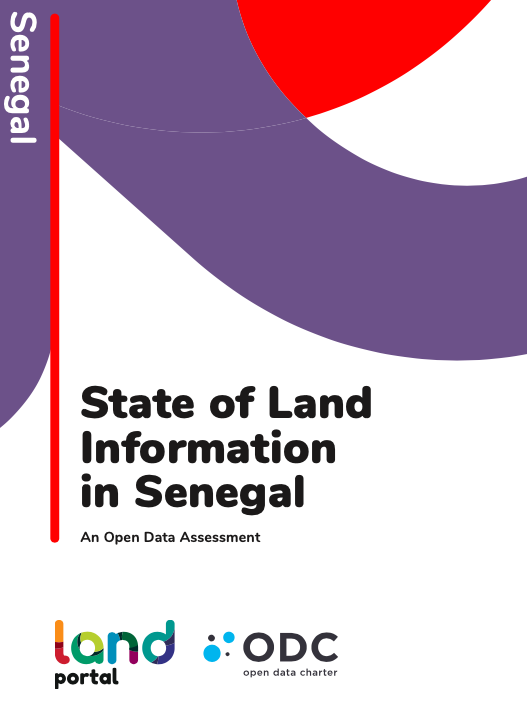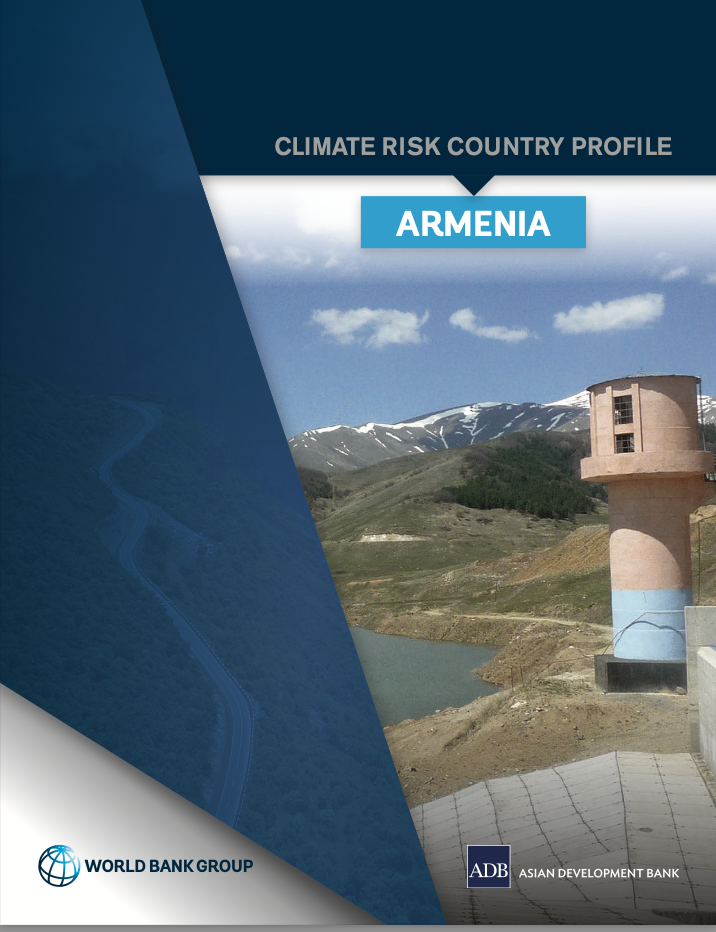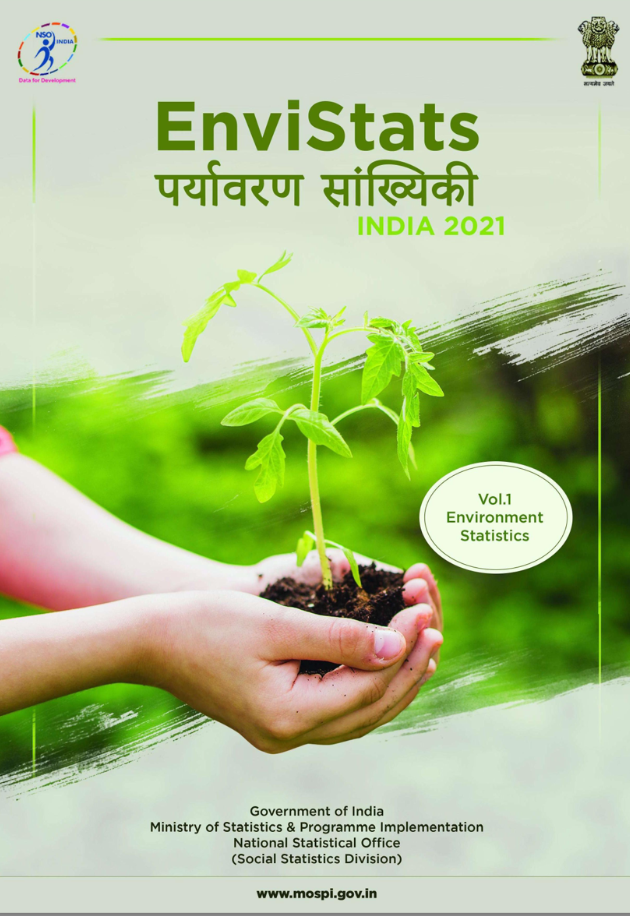Good practice guidance SDG Indicator 15.3.1. Proportion of land that is degraded over total land area
In the last decade, there have been a number of global/regional targets and initiatives to halt and reverse land degradation and restore degraded land. Starting in 2010, these include the CBD’s Aichi Biodiversity Targets, one of which aims to restore at least 15% of degraded ecosystems; the Bonn Challenge and its regional initiatives to restore more than 150 million hectares; and most recently the 2030 Agenda for Sustainable Development and the Sustainable Development Goals (SDGs).





